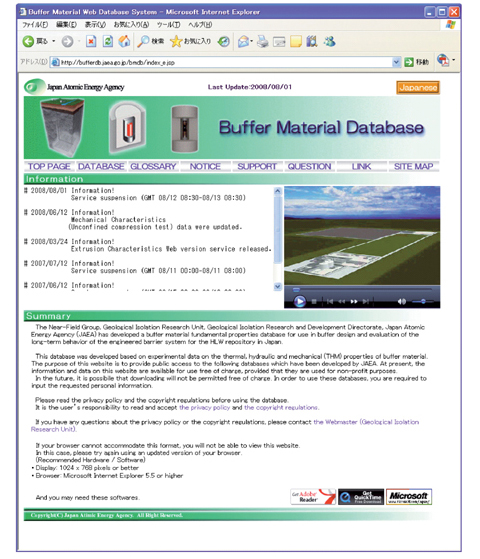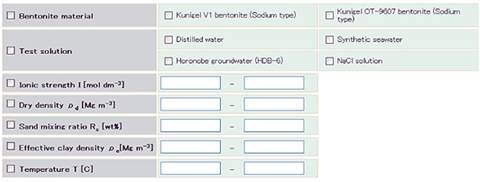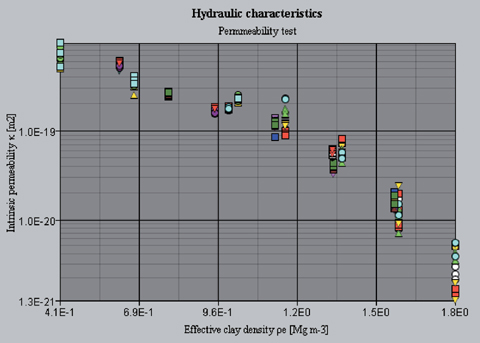
Fig.2-4 Screen displays of the buffer material database (a)Top page of the database website

Fig.2-4 Screen displays of the buffer material database (b)Data search

Fig.2-4 Screen displays of the buffer material database (c)Example of graph-plotting
The basic characteristics of the buffer material such as hydraulic, swelling, mechanical and thermal properties are essential in designing and long-term behavior/performance assessment of a engineered barrier system of the HLW repository. It is beneficial to systematically compile these basic buffer data to allow both the implementing company and regulators to easily access data for their use in future stages. Therefore, we have developed the Buffer Material Database focusing on the basic properties of Japanese bentonite. A Japanese version of the database has been on the JAEA Website since Mar. 2006, and an English version since Mar. 2007 (https://bufferdb.jaea.go.jp/bmdb/index_e.jsp).
The basic characteristics of the buffer material have been collected mainly through experiments since 1989. All of the data are now available at the above database website (Fig.2-4 (a)). Some functions such as data search (Fig.2-4 (b)) and graph-plotting (Fig.2-4 (c)) are built in the database system. The data is searchable by selecting variable items such as dry density, sand mixtures ratio, test temperature, water content, test solution (distilled water, synthetic seawater, Horonobe groundwater and NaCl solution), and ionic strength of the test solution. The searched data can be downloaded from the website in CSV format. In addition, information on the experiments such as composition of the bentonite material, sand material and test solution are also available. At present, data of about 1,820 cases are stored in the database, and the data related to bentonite extrusion behavior into rock fractures was added at the end of last year. Up to now, the buffer material database has been used by research institutes, universities, private companies and the nuclear waste management organizations at home and abroad such as NUMO, SKB, NAGRA and POSIVA. The number of user registrations has now reached 145, and there have been 427 data downloads and 625 uses of the graph-plotting function. Updating of the database is continuously conducted and also the system will be improved in response to users' opinions and requests.